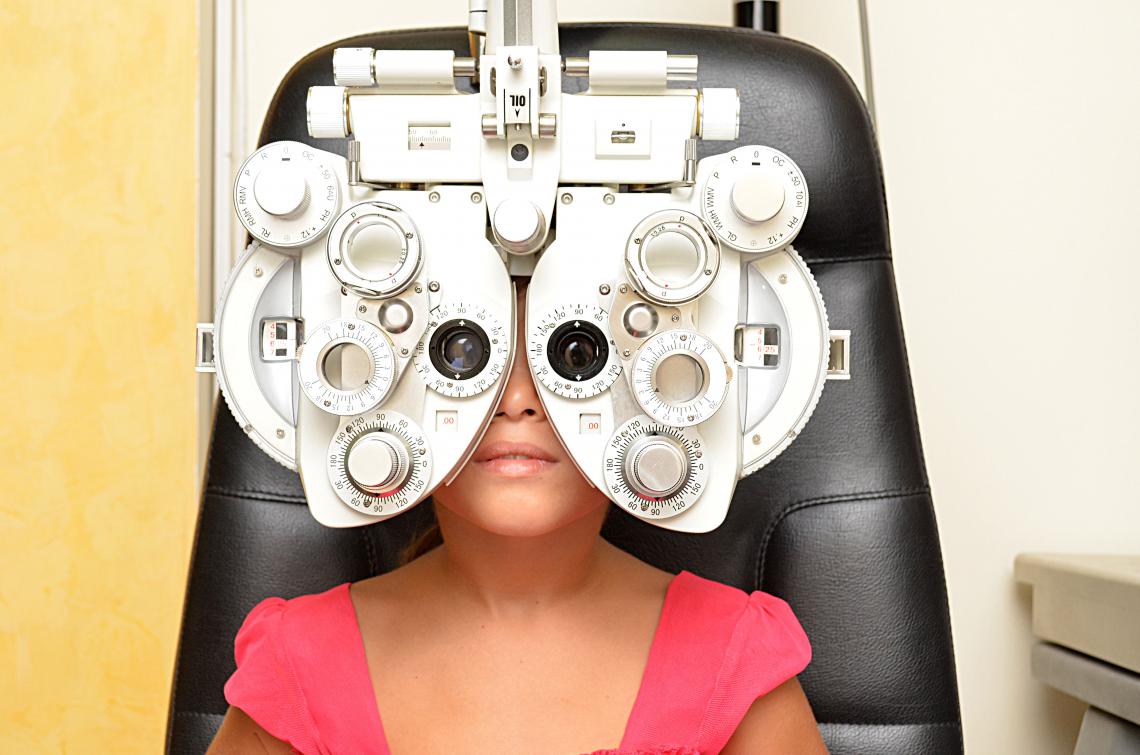Experience Personalized Treatment with Opticore Optometry in Chino
Experience Personalized Treatment with Opticore Optometry in Chino
Blog Article
Checking Out the most recent Technical Advancements in Optometry and What They Mean for Optometrists
From the precision of Optical Comprehensibility Tomography to the nuanced insights supplied by AI-driven analysis devices, these developments are establishing new requirements in client evaluation and treatment. As these improvements permeate the method, eye doctors are encountered with the difficulty of embracing these tools to boost person outcomes.
Developments in Diagnostic Equipment
Advancing the area of optometry, developments in analysis tools have actually reinvented the means eye treatment specialists assess and identify eye problems and aesthetic problems. The past decade has observed significant technical advancements, enabling more accurate and extensive evaluations. Optical Comprehensibility Tomography (OCT), for example, gives high-resolution cross-sectional pictures of the retina, enabling the early discovery of conditions such as glaucoma and age-related macular degeneration. This non-invasive imaging technique has actually come to be vital in contemporary optometric method.
One more secret innovation is the intro of advanced corneal topography systems, which map the surface area curvature of the cornea with precision. These tools are specifically beneficial for fitting get in touch with lenses and detecting corneal problems. Electronic retinal imaging has transformed standard ophthalmoscopy, using in-depth, scenic sights of the retina that assist in detailed visual exams.
The advancement of wavefront aberrometry has likewise been important, allowing the evaluation of refractive mistakes with unparalleled accuracy (Eye Doctor Optometrist). This innovation helps in customizing corrective lenses and boosting surgical end results for refractive surgical treatments. Jointly, these analysis innovations encourage optometrists to provide remarkable individual care, guaranteeing very early intervention and customized treatment techniques, inevitably boosting aesthetic health and wellness results
AI in Individual Administration
Building on the foundation of cutting-edge diagnostic tools, the unification of artificial knowledge (AI) in client administration stands for a transformative jump for optometry. AI systems are progressively employed to enhance performance, accuracy, and customization in individual care. By examining substantial quantities of information, AI can identify patterns and forecast possible ocular conditions, allowing optometrists to tailor treatments much more properly. This capacity is essential in handling chronic eye conditions such as glaucoma and diabetic person retinopathy, where very early detection and constant monitoring are essential.
In addition, AI-driven platforms assist in streamlined client interactions and administrative procedures. Automated organizing, virtual assessments, and individualized follow-up plans not just boost client satisfaction yet additionally optimize time administration for professionals. These systems can triage clients based upon the necessity of their conditions, making certain that those in vital demand get prompt focus.
Additionally, AI improves decision-making by offering optometrists with evidence-based referrals and treatment pathways. By integrating data from digital health and wellness records, AI tools offer understandings that notify professional choices, decreasing the risk of mistakes and boosting individual results. As AI continues to develop, its function in patient administration will likely increase, reshaping the landscape of optometric care.
Breakthroughs in Retinal Imaging
In the world of optometry, retinal imaging has observed exceptional technical advancements that are boosting analysis capabilities and person treatment. Developments such as Optical Coherence Tomography (OCT) and fundus photography have changed exactly how eye doctors envision and analyze the retina. OCT, in specific, offers high-resolution, cross-sectional pictures of the retina, permitting the detailed examination of its layers. This capacity is indispensable for early discovery and administration of problems like glaucoma, diabetic person retinopathy, and age-related macular deterioration.
Improved imaging modalities like OCT angiography are additional refining diagnostic precision. This non-invasive strategy maps blood circulation in the retina, offering essential insights right into vascular wellness without the need for color shots. Furthermore, adaptive optics innovation is being integrated into retinal imaging systems to deal with ocular aberrations, providing unmatched image clearness. Such advancements facilitate the identification of minute retinal changes that might symbolize condition development.
Moreover, innovations in artificial knowledge are augmenting retinal imaging by making it possible for automated evaluation of large datasets. These systems help optometrists in determining patterns indicative of pathology, therefore improving Visit Website diagnostic precision and effectiveness. Jointly, these developments are transforming retinal imaging into a keystone of modern eye care, boosting end results and expanding healing possibilities.
Teleoptometry's Growing Role
Teleoptometry is significantly becoming an essential part of eye treatment, driven by developments in digital interaction and diagnostic devices. This is specifically useful in rural and underserved locations where accessibility to specialized eye treatment is commonly restricted.
The combination of fabricated knowledge (AI) additional improves teleoptometry, allowing the evaluation of visual information and aiding in the detection of ocular problems such as glaucoma and diabetic retinopathy. AI-powered formulas can rapidly translate complicated imaging information, offering optometrists with important insights that boost professional decision-making.
Furthermore, teleoptometry supports continuity of treatment through seamless assimilation with electronic wellness documents (EHRs), enabling optometrists to keep thorough person histories. When seeking advice from with various specialists., this ensures that individuals obtain consistent and personalized care also.
Despite these benefits, challenges remain, consisting of guaranteeing data safety and security and managing patient expectations. Teleoptometry stands for a considerable stride in the direction of even more obtainable, effective, and patient-centered eye care. As technology develops, its role is poised to increase even more.

Future Trends in Eye Care
A myriad of ingenious fads is established to reshape the future of eye treatment, driven by technological developments and the advancing requirements of people. One significant pattern is the assimilation of synthetic knowledge (AI) in diagnostics, which guarantees to improve the precision and performance of eye evaluations. AI formulas can examine vast amounts of information from retinal images, possibly identifying problems like diabetic retinopathy and glaucoma earlier than typical techniques.
Additionally, personalized medication over at this website is obtaining grip in optometry, with genetic screening educating personalized therapy strategies. This method aims to enhance individual outcomes by customizing interventions to individual genetic profiles. Wearable innovation, such as wise call lenses, is likewise on the perspective, supplying real-time surveillance of intraocular stress or glucose levels, thus providing continuous understandings into systemic and ocular wellness.
The fostering of augmented reality (AR) and digital fact (VR) in training and patient education is another emerging trend. These innovations use immersive experiences that can improve understanding and abilities both for optometrists and clients. As these trends progress, eye doctors should remain abreast of technical innovations to give sophisticated care, making sure improved person outcomes and satisfaction in the dynamic landscape of eye treatment.
Verdict

Jointly, these diagnostic advancements equip optometrists to provide exceptional individual treatment, ensuring very early treatment and customized treatment strategies, ultimately improving aesthetic health and wellness results.

As these modern technologies continue to advance, optometrists should adapt and integrate them into technique, eventually maximizing operations efficiency and boosting the criterion of eye treatment delivered to clients.
Report this page